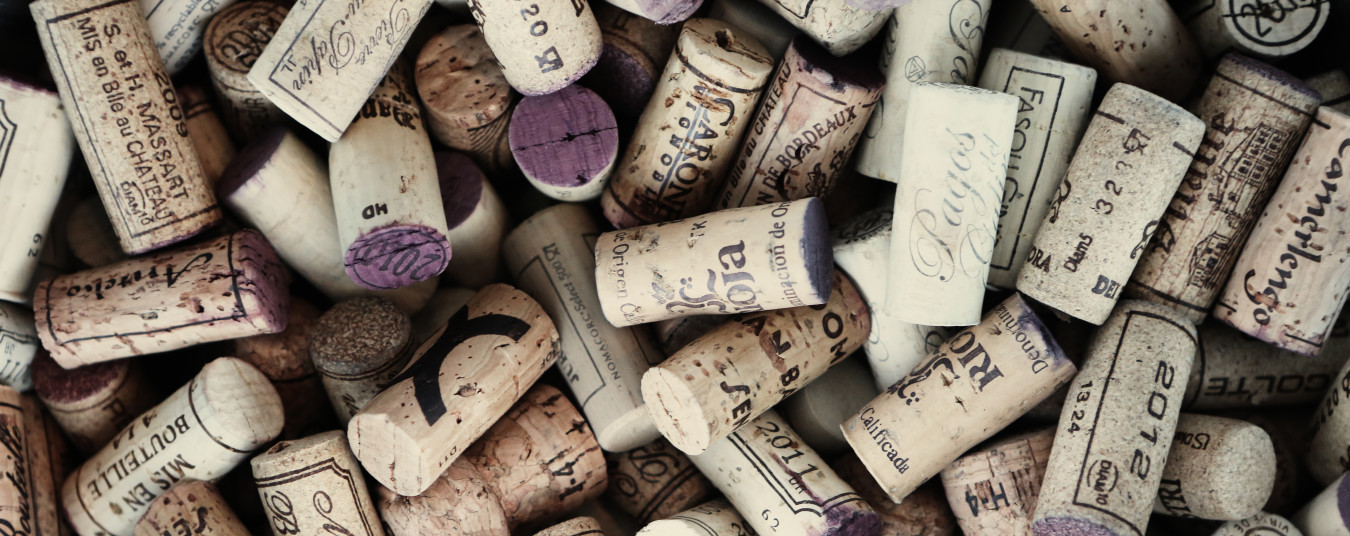“Good wine is made in the vineyard” … How? Isn’t wine made in the cellar?
The Head of the Department of Wine Studies (Oenology), Professor Emile Peynaud, also known as “the Pope of Wines” because of the world’s recognition for his knowledge, advisor of multiple cellars in Europe and America. He was once called by André Metzenopulos, an important businessman who had recently acquired the very famous Château Margaux. The businessman hired him saying “I want you to make the best wine in the world for me.” “That’s easy” Professor Paynaud, responded, “just give me the best grapes in the world!!”
That anecdote gives us an image of how important the cultivation of the grapevine really is.
In the first place, if one is an owner of a vineyard and one wants to make quality wine, one must know the appropriate strains to plant in that place. Some grapevines adapt better to certain types of soil, for example, Cabernet Sauvignon is best cultivated in loose stony soils, which have good drainage; Cabernet Franc and Merlot prefer soils with more clay. The plant needs water but sometimes it is difficult to find it and its roots must develop until reaching the water table. The plant thrives better in poor soils than in ones which have a lot of organic matter; it must suffer in order to bare better fruit. Even though the grapevine is a warm climate plant, within this climate some vines prefer more warmth and others the cold.
Once the vineyard is planted it is necessary to be aware of its vital cycle. During the winter, the plant seems dead, but it is not. It is time for the winter pruning.

During the spring, when temperatures reach 50 degrees Fahrenheit or more, the plant begins to revive: the sap circulates and drains through the branches that were pruned. The nutrients that are stored in the roots begin to circulate.
The sprouts appear and from there the leaves and small berries which will become the grapes. Around 100 days are needed from the blooming period for the grape to reach its full maturity. Gradually the fruit begins losing its acidity and the grapes begin loading with sugars. The foliage protects them from the sun, but if there are too many leaves and the sun rays do not reach them, the grapes will not ripen.
Ideally the vine needs long hot summers and short cold winters. These conditions are not always present, and the wine grower (viticulturist) will have to be aware of the temperature changes, of the freezes and of hail which can destroy the crops. Intense winds can also harm the crops.
The grapevine produces better quality fruit if it is planted on hills that face south, so that they receive the morning and afternoon sun. Grapes that are planted in valleys are generally of lesser quality. Mountains and forests protect the vine from wind and cold. These orographic variations are what form the microclimates that distinguish one vineyard from another, even though they have the same general climate. In the end, microclimates are responsible for what is called “yearly’s” which distinguish the same wine from one year to another.

Not all grapes ripen at the same time. Some ripen earlier, like the “Tempranillo” (early one) or the Riesling and others ripen later, for example the Sangiovese de la Toscana. During the development of the grapevine one must consider that all “enemies” are preying on the plant: birds, deer, bear and raccoons. The infestation by fungi, like the “Oidium,” “Mildiu” or parasites like Phylloxera, bacteria, viruses … they all want to eat the plant.
The grape harvest comes at the end of summer. The grapes are ripe if there has been an ideal climate, with the necessary amount of hours of sun. Be careful with rain before the harvest because the grapes swell with the water and scent as well as flavor will diminish!!

Mechanical harvesting saves time and money but manual harvesting is preferable because the grapes are treated with care; for great wines this method is always followed. If you want to make sweet wines, it is necessary to leave the grapes on the vine longer so that there is “over ripening” and, therefore, a greater amount of sugar in the grapes. These wines are called “late harvest wines.” During the manual harvest the grapes are gathered in small containers so that they do not break from the weight of being on top of each other. If they break the process of fermentation will be initiated. It is important to take them to the winery immediately in order to avoid this phenomenon.
At the winery the grapes will be selected to make the wine. But the work in the winery is complicated and another chapter is needed to describe it.

